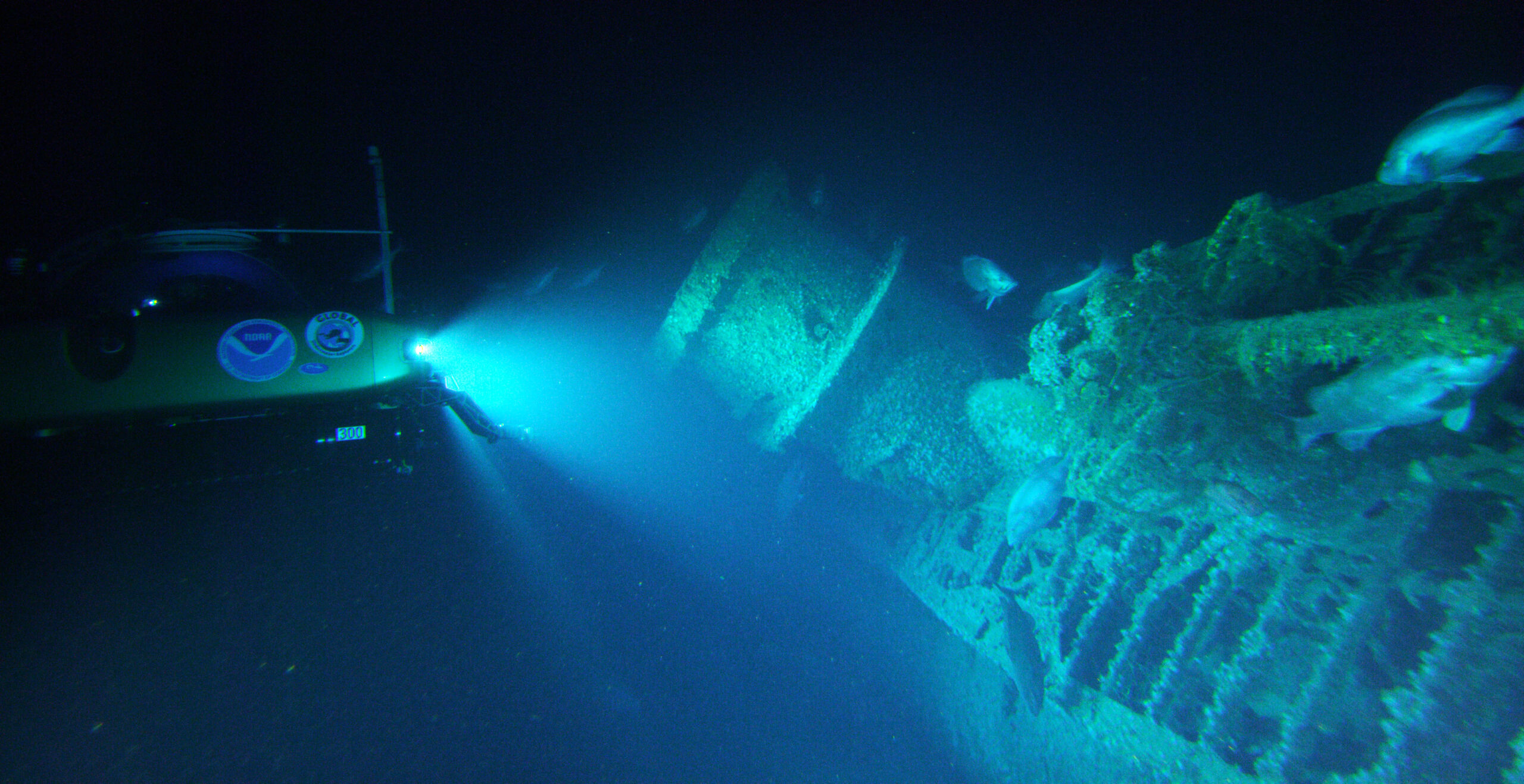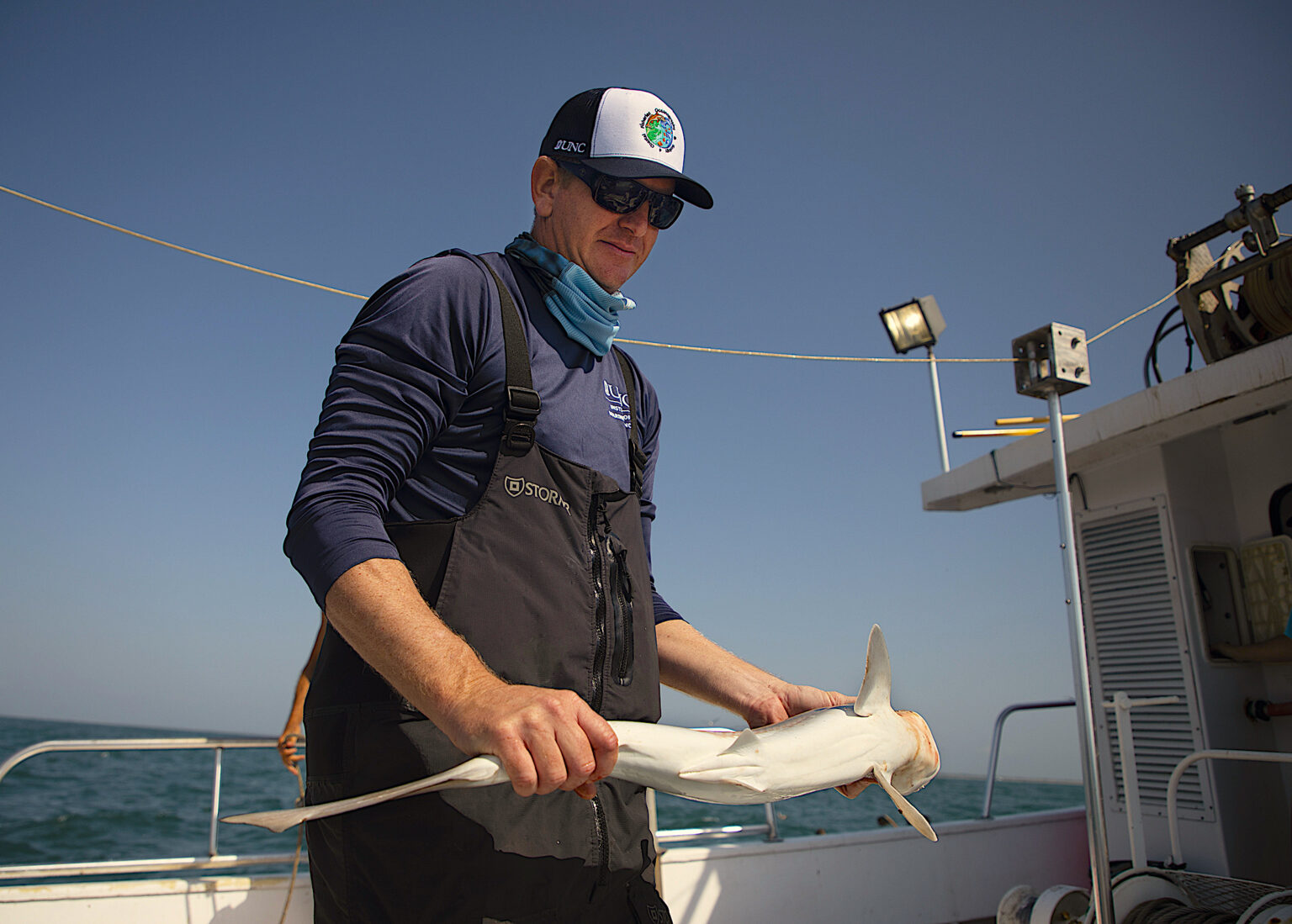Coastal Tidings: Currituck Sound Coalition Plans for Climate Change
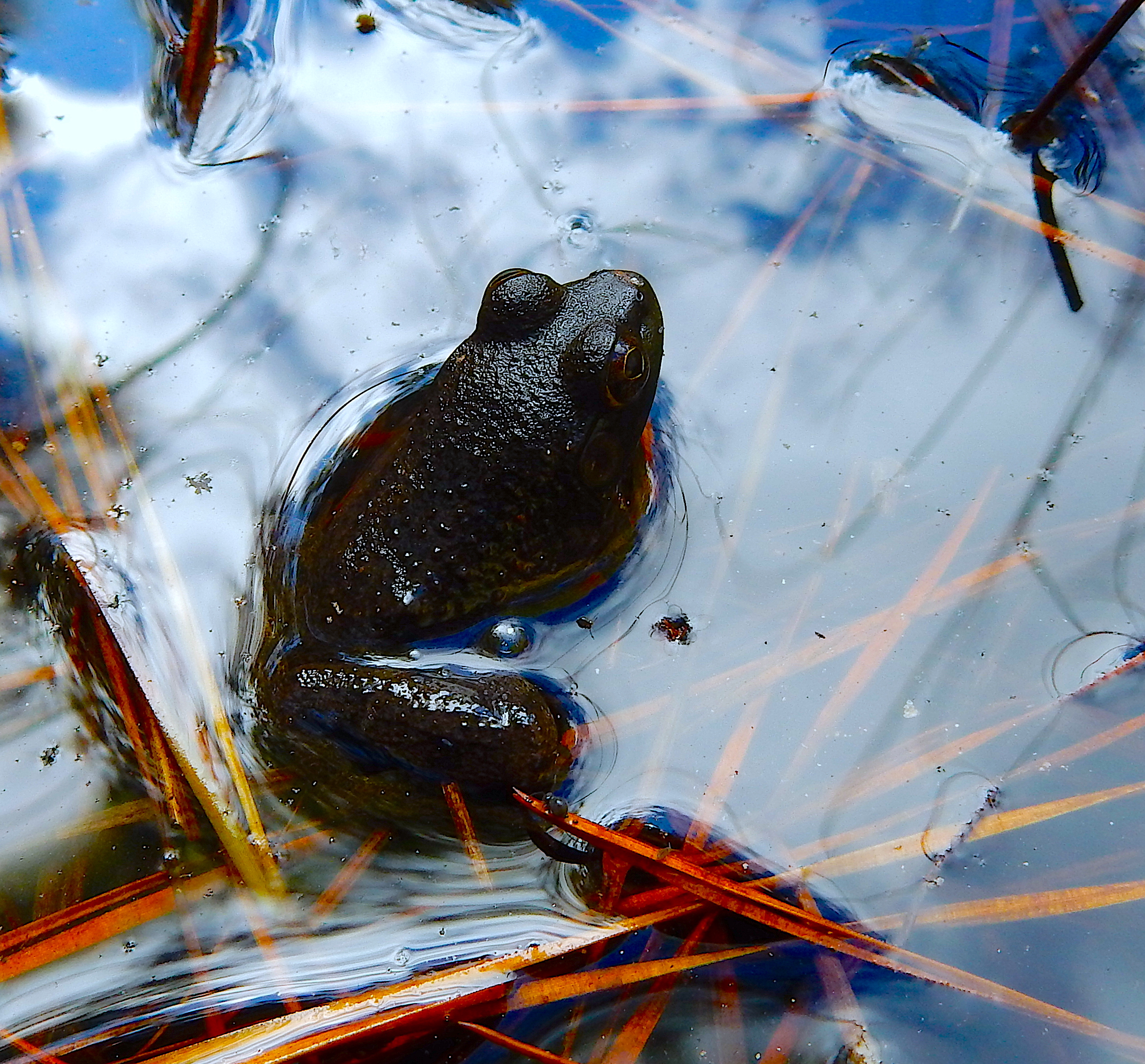
Audubon North Carolina and the Currituck Sound Coalition have announced a new Marsh Conservation Plan that identifies the complex web of threats facing Currituck Sound, offering a blueprint of how best to protect and restore it.
“The creation of the Marsh Conservation Plan was truly a collaborative effort by many partners,” says Sarah Spiegler, coastal resilience specialist with North Carolina Sea Grant, one of the many partners on the coalition. “Continued coordination and collaboration will be crucial in protecting these special places in northeast North Carolina and throughout our coast.”
The extensive freshwater marshes of Currituck Sound comprise a rare ecosystem and provide habitat to a wide variety of wildlife. These same wetlands also support human communities by filtering water, serving as a buffer against erosion and flooding, and supporting a thriving recreation economy.
Key strategies from the plan include conserving existing marshes, as well as identifying and protecting areas that could become wetlands in the future as seas rise and marshes migrate. The plan suggests prioritizing areas that both protect communities from flooding and create high quality wildlife habitat.
Read more about the Marsh Conservation Plan.
— adapted from a news release by Audubon North Carolina
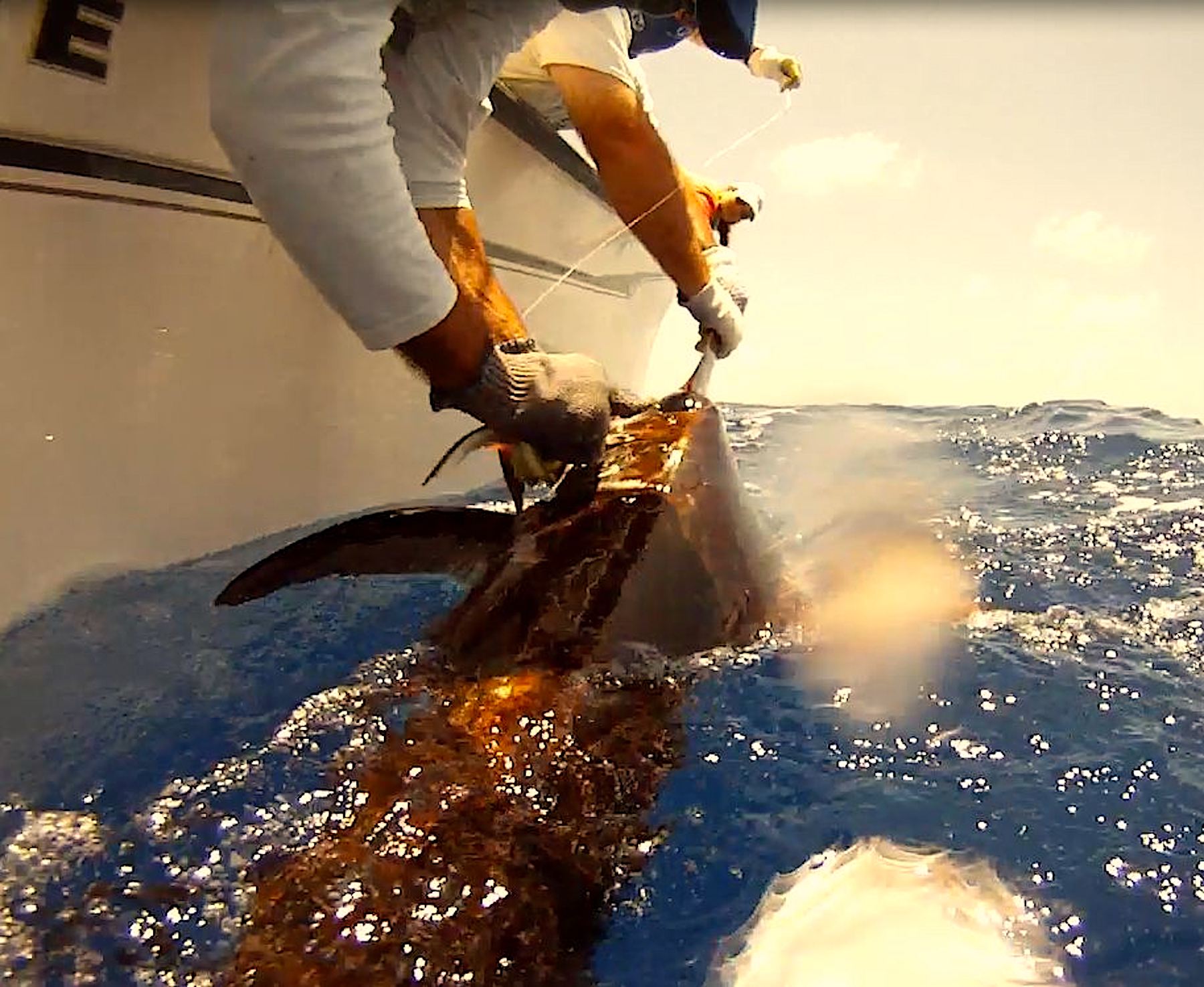
Warming Seas Means Shorter Lifespans for Many Fish Species
New research finds that a small rise in temperature in the Atlantic is likely to increase the natural mortality rate of many marine fishes. A team of scientists examined archived life history data from 100 fish species common on the Scotian Shelf, part of the coastal Atlantic Ocean between the Labrador Current to the north and the warm waters of the Gulf Stream to the south.
Using computer modeling, the research team explored how a predicted 10% decrease in maximum size of adult fish due to global warming would affect natural mortality rates. Their findings suggest that most bony fish species in the study will realize a 10.5% higher rate of natural mortality with a 1.8° Fahrenheit rise in ocean temperature.
Modeling also predicted smaller-bodied fish species will experience greater increases in natural mortality than larger-bodied species. The researchers identified several fish species at “high” or “very high” risk, including many popular with recreational and commercial fishers: swordfish, spiny dogfish, Atlantic cod, greater amberjack, and summer flounder, among 32 others.
Thanks to this research, scientists now have a simple approach to examine how natural mortality rates — and, thus, long-term population viability — might change with small increases in ocean temperature.
— adapted from Scott Baker’s story for Hook, Line & Science
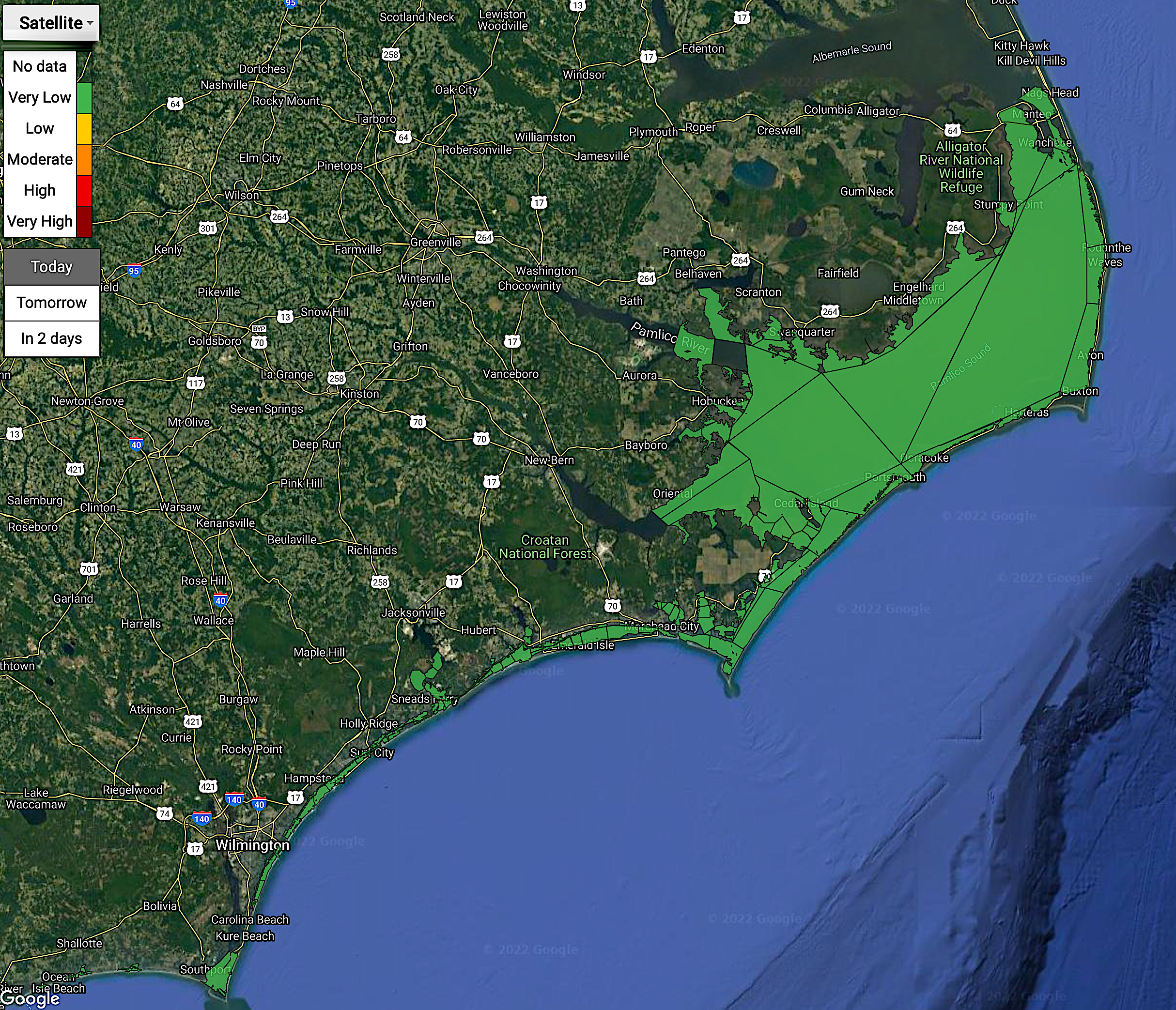
ShellCast App Predicts Lease Closures
A team at NC State University has collaborated with NOAA partners, the N.C. Shellfish Growers Association, N.C. Division of Marine Fisheries, and others to create ShellCast, an app for predicting temporary shellfish lease closures.
The state issues lease closures when storm runoff pollutes coastal waters and potentially contaminates shellfish, which, in turn, could lead to human health concerns. Unlike standard weather apps, ShellCast provides growers with targeted information specific to a lease area.
“Temporary closures of shellfish harvest areas are a big challenge for many North Carolina shellfish growers and can have a big effect on inventory management, cash flow, and, ultimately, the bottom line,” says Eric Herbst, North Carolina Sea Grant’s coastal aquaculture specialist.
“Knowing the likelihood of a closure occurring in the immediate future can help drive decisions regarding resource and time allocation to mitigate or manage the effects of a pending closure on business,” he adds.
The project began in 2020 under the direction of Natalie Nelson, who leads the Biosystem Analytics Lab at NC State. North Carolina Sea Grant, NC State’s Biological and Agricultural Engineering department, and the Southeast Coastal Ocean Observing Regional Association all provided support.
“We’re continuing to improve ShellCast in response to grower feedback,” says Nelson.
— Carrie Clower
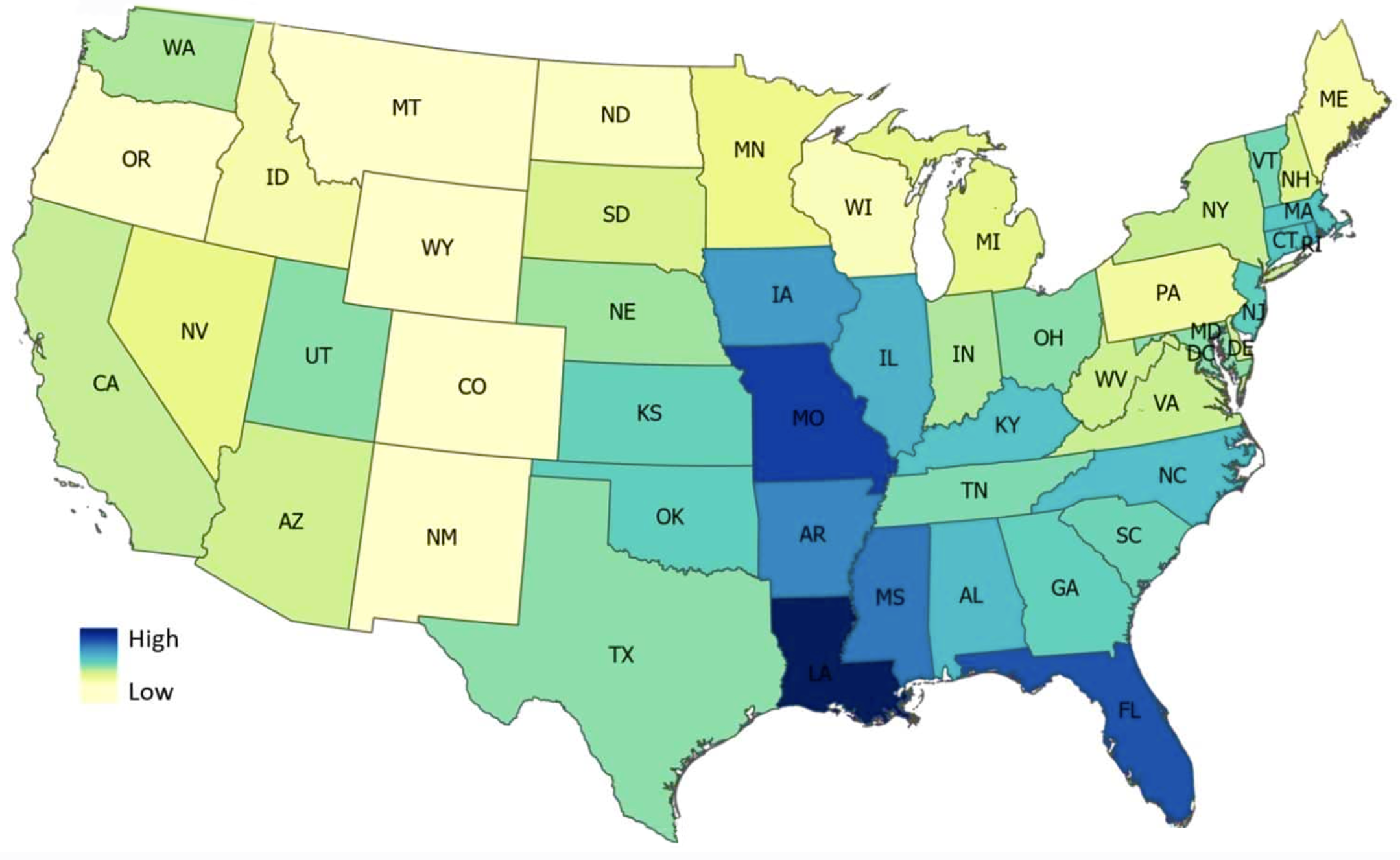
Is FEMA Underestimating Flood Damage Exposure?
New findings from North Carolina State University researchers suggest that recent flood maps from the Federal Emergency Management Agency do not capture the full extent of flood risk. North Carolina Sea Grant and U.S. Geological Survey Southeast Climate Adaptation Science Center supported the research.
The study found a high probability of flood damage — including monetary costs, human injury, and loss of life — for more than a million square miles of land across the United States over a 14-year period. That was 790,000 square miles more than the flood risk zones FEMA’s maps have identified.
“We’re seeing that there’s a lot of flood damage being reported outside of the 100-year floodplain,” said Elyssa Collins, a doctoral candidate in the NC State Center for Geospatial Analytics and the study’s lead author. “There are a lot of places that are susceptible to flooding, and because they’re outside the floodplain, that means they do not have to abide by insurance, building code, and land-user requirements that could help protect people and property.”
The team determined that the 30 most high-risk counties in the nation include North Carolina’s Dare, Hyde and Tyrrell.
Read more about this team’s work.
— adapted from a story by Laura Oleniacz, NC State News
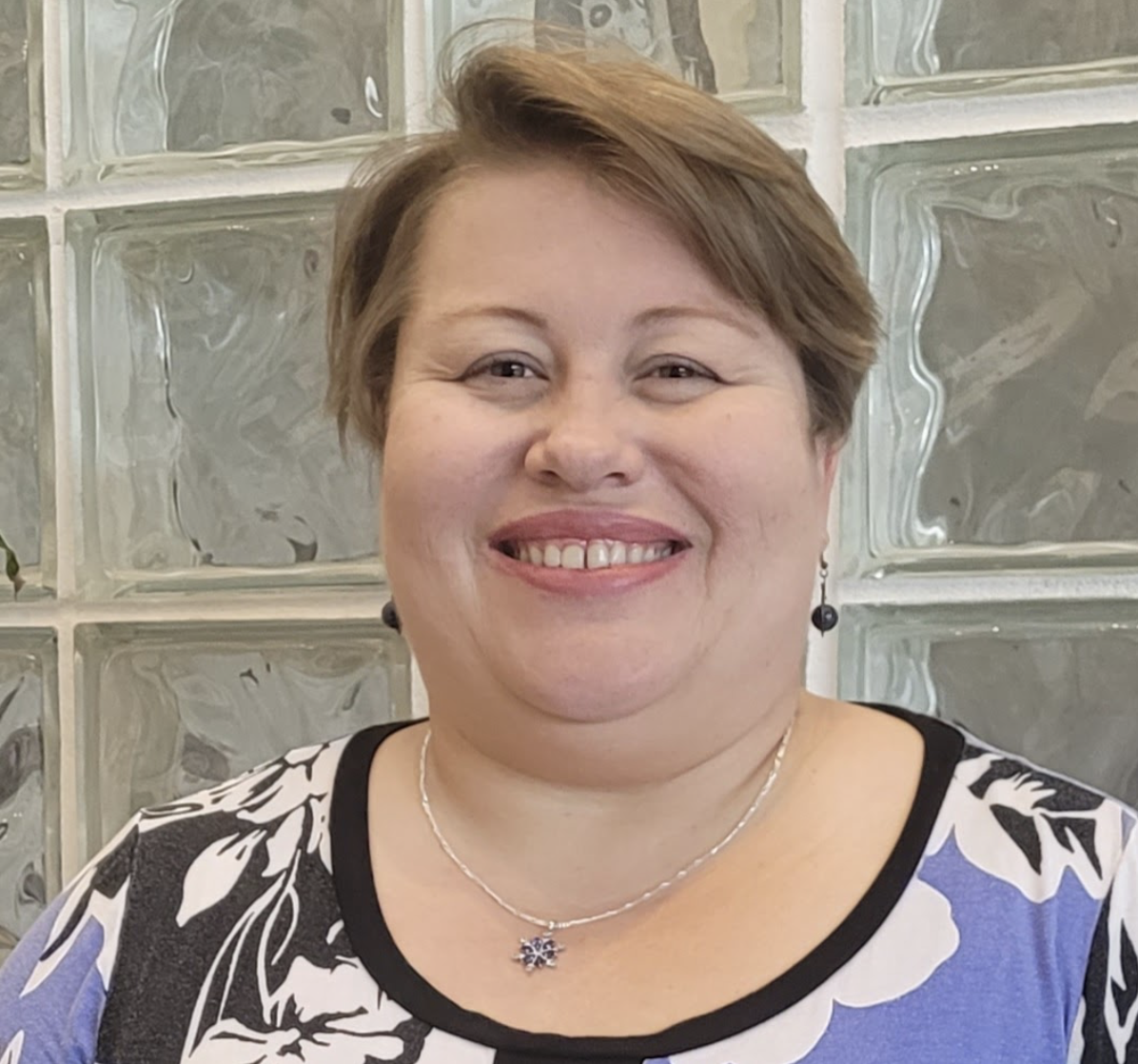
New Education Specialist Joins Sea Grant
Erika Young is North Carolina Sea Grant’s new coastal and marine education specialist.
Young taught at the University of North Carolina Pembroke for 13 years, where she served as a mentor through the Research Initiative for Scientific Enhancement. She also engaged communities in science education through the Morehead Planetarium, the NC Science Festival, and Boys and Girls Clubs.
“I often visit local schools in underprivileged counties to talk to K-12 students about STEM fields,” Young says. “I grew up in Robeson County and understand how important it is to have a connection with your audience.”
Young says that as a Native American undergraduate she was unaware of career opportunities — until a summer herpetology study set her path.
“I collected local frogs and tadpoles from ponds to study pigmentation and camouflage,” she recalls.
The experience led to more opportunities for research, then a master’s degree at Western Carolina University and a doctorate at UNC Chapel Hill, where she focused on aquatic ecology.
“I am super excited to be a part of North Carolina Sea Grant,” she says. “I look forward to developing relationships with our various stakeholders and continuing stewardship for our coasts.”
— Katie Mosher

Charge Up on the Coast
For drivers of electric vehicles, escaping to the North Carolina coast is becoming more convenient.
For travelers heading to Wilmington along I-40, the Mad Boar Restaurant & Pub in Wallace hosts several DC fast chargers. For Teslas, there are eight Supercharger stalls, and for other electric vehicles, Four County EMC provides a ChargePoint station.
Visitors to North Carolina’s Crystal Coast will find two stations available for guests at the Atlantis Lodge. In North Topsail Beach, Hampton Inn Sneads Ferry offers a publicly accessible charging station, thanks to Jones-Onslow EMC.
For beachgoers on Ocean Isle, Holden Beach, and Emerald Isle, Brunswick Electric and Carteret-Craven Electric Cooperative have installed charging stations just minutes from the sand.
Halfway down Hatteras Island, motorists will find a ChargePoint DC fast charger, installed by Cape Hatteras Electric Cooperative near the Avon Fishing Pier.
“We have drivers coming from all over the country,” says Laura Ertle, director of public relations and marketing at Cape Hatteras Electric Cooperative. “We’ve also seen an increase in the variety of vehicles that are charging. . . everything from hybrid minivans to high-end, all-electric vehicles from Audi, Porsche, and BMW.”
— from a story by Jacob Bolin and Jonathan Susser, courtesy of Carolina Country
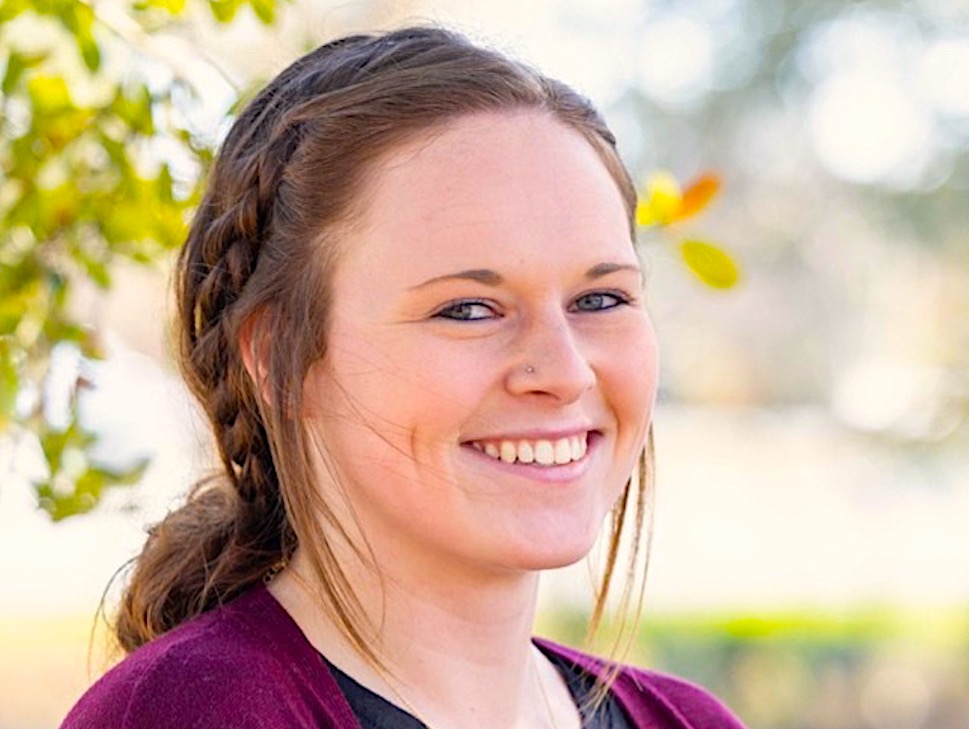
New Reef Fisheries Fellow Serves the South Atlantic
Ashley Oliver (above) has begun work as South Atlantic Reef Fish Extension and Communication Fellow, collaborating with South Atlantic Fishery Management Council and Sea Grant programs in the Southeast.
“I am very excited to connect with the fishermen in the southeastern region and spread valuable information on the best fishing practices that they can use,” says Oliver, formerly a fisheries research technician at the University of Illinois. “I want to make a difference in the fishery, not only for the fish populations themselves but also help fishermen share their valuable knowledge with scientists and managers.”
Scott Baker, fisheries specialist at North Carolina Sea Grant, notes Oliver is planning for offshore media tours and a science symposium. “She understands that stakeholders and managers have different perspectives, and effective science communication needs to be clear and relatable.”
Mel Bell, chair of the South Atlantic Fishery Management Council, adds that as the number of fishers targeting offshore species continues to grow, so does the importance of best fishing practices to ensure the survival of fish that require release, such as red snapper.
“We’re confident this fellowship will benefit the snapper grouper fishery in our region,” Bell says.
— Nan Pincus
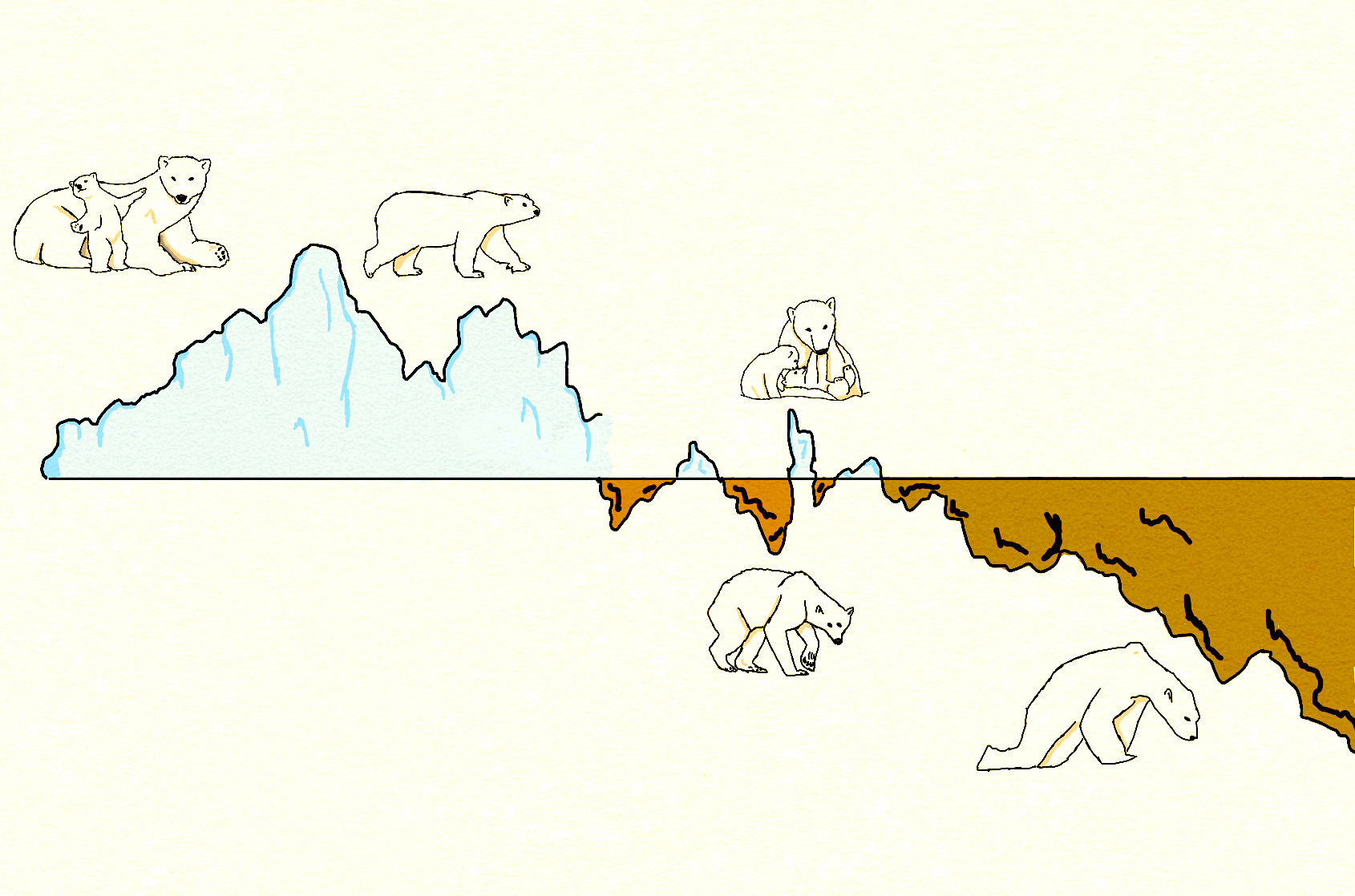
Students Earn Climate Art Honors
The NC Climate Education Network hosted a contest for visual art based on 30-year climate graphs and data, and K-12 students across the state submitted entries last fall.
The three winners, one each from elementary, middle, and high school, are Hansithi Teluguntla at Fuller Elementary, Jonah Risner at New Century Middle School, and Bucky Matthews at Haywood Early College.
Contest submissions are now closed, but the NC Climate Education Network will continue to accept submissions through 2022 to display on its website.
The network provides educational materials and support for educators to enhance their curriculums, with an emphasis on climate issues and awareness, as well as connecting scientists, researchers, and educators. North Carolina Sea Grant was among the first partners.
— from a news release by NC DEQ

New “Tangled in Trash” App Relies on Grassroots Reporting
The first reporting tool designed to document when and where marine debris harms animals in the Carolinas and Georgia is now available. The “Tangled in Trash” app relies on information from anyone who finds wildlife entangled or injured in marine debris and trash.
“We’re eager for people to begin documenting what they’re seeing in North Carolina and across the region,” says Gloria Putnam, North Carolina Sea Grant’s coastal resources and communities specialist, and a member of the team who provided input for the app.
Kelly Thorvalson, conservation programs manager for South Carolina Aquarium and coordinator for the project, says Tangled in Trash will collect several types of key information.
“More than 200 species of wildlife have been documented as being affected by marine debris but interactions are not well understood,” explains Thorvalson. “This tool will house reported wildlife and marine debris interactions to help users, researchers, wildlife responders and others identify critical trends and concerns and strategize actionable solutions.”
The Wildlife and Habitat Impacts Working Group, part of the NOAA-facilitated Southeast Marine Debris-Action Plan, offered insight and feedback on Tangled in Trash. The app uses Anecdata, an online platform available from the MDI Biological Laboratory.
The NOAA Marine Debris Program and National Marine Sanctuary Foundation funded the project.

Coastal Resilience Competition Selects Winners
A team of students from the University of North Carolina at Chapel Hill have won North Carolina Sea Grant’s first Coastal Resilience Team Competition. The program will provide up to $20,000 for the team to conduct their two-year project, which is designed to support more resilient habitats and communities on the North Carolina coastal plain.
Graduate students Anne Smiley, Lauren Grimley, and Helena Garcia, along with undergraduate Jacqueline Ruiz, will collaborate on “Incorporating Ecosystem Services into Flood-Resilience Planning in New Bern, North Carolina.” Antonia Sebastian in the university’s Department of Earth, Marine, and Environmental Sciences will direct the project.
“Flood resilience is a topic that spans the natural and social sciences,” says Anne Smiley, graduate student lead for the project. “As the climate continues to change and floods become more frequent, we must develop strategies to increase community resilience. This is an exciting opportunity to collaborate with fellow students to address the topic of community flood resilience through a convergent lens. The team is excited to work together with the City of New Bern to translate this research to practice and maximize our impact in a region that prone to flood hazards.”
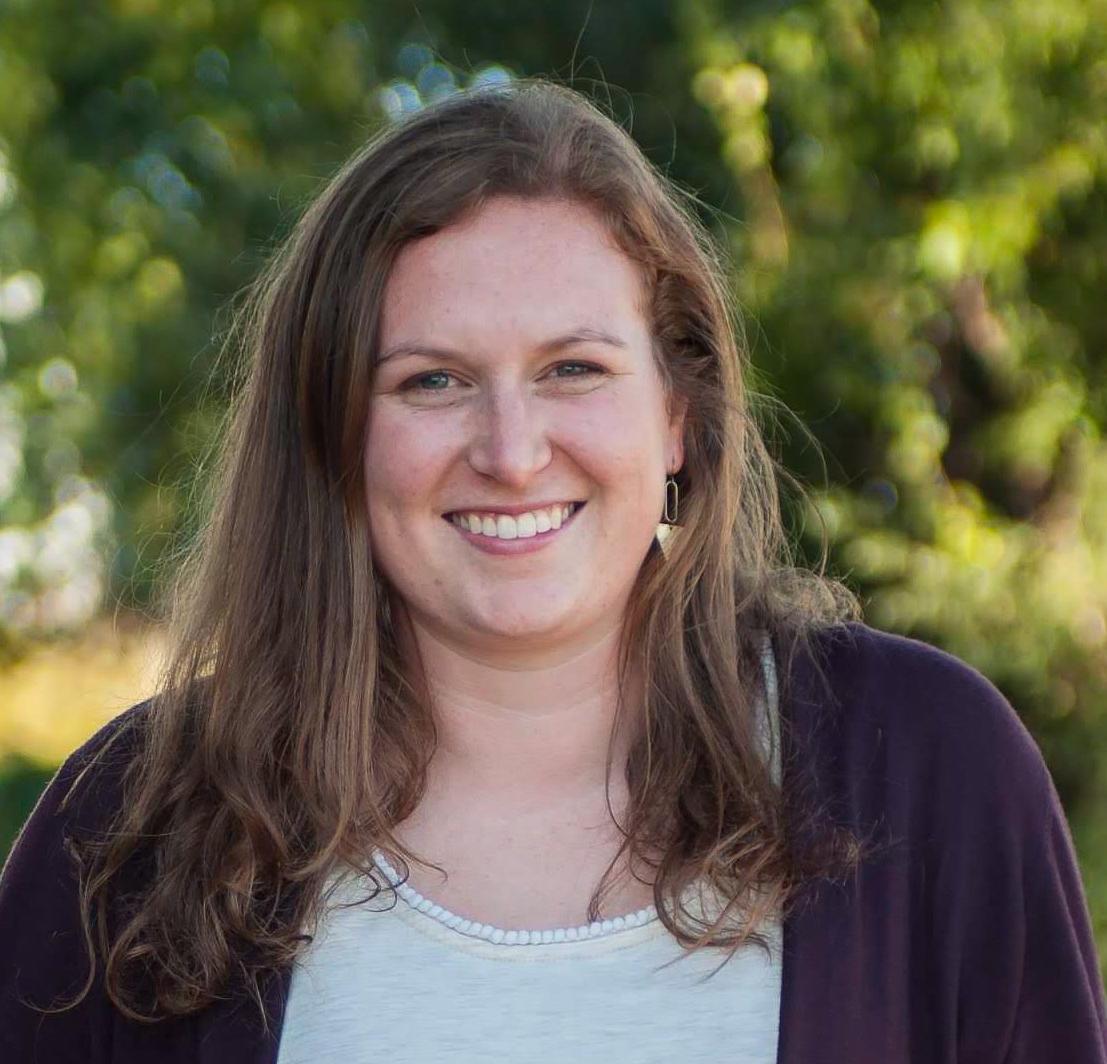
The team plans to quantify how climate change and alterations to the natural landscape influence ecosystems. In particular, they will look at flood-risk reduction and water-quality benefits, and they will assess the degree to which local plans support protection of the natural landscape.
“This research takes an integrated approach to resilience that makes a crucial connection between impacts of climate change and land-use and development patterns on ecosystems and the services they provide,” says Cayla
Cothron, climate resilience extension associate for North Carolina Sea Grant. “I’m hopeful that their work will generate invaluable information about how these factors are affecting natural systems and socially vulnerable populations and provide a framework for more holistic and equitable resilience planning that can help communities across NC that are increasingly dealing with these challenges.”

The outcomes of this project will serve as the foundation for establishing a living lab in New Bern that links university researchers with local communities to facilitate collaboration on resiliency goals and climate mitigation research. In addition to presenting findings to the North Carolina Sea Grant Advisory Board, the team will share their results at conferences, in scientific journals, and through other media.
Read about more funding opportunities.
— Lauren D. Pharr
- Categories:
